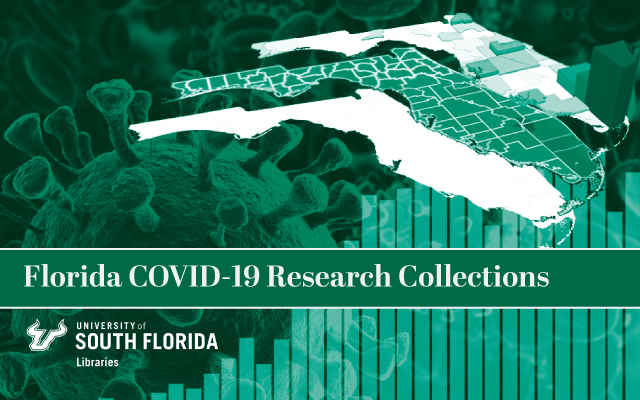
All publications
Challenges to Federalism and Intergovernmental Relations and Takeaways Amid the COVID-19 Experience:
Document Type
Article
Publication Date
2020
Keywords
federalism, intergovernmental relations (IGR), COVID-19 pandemic, kaleidoscopic federalism
DOI
https://doi.org/10.1177/0275074020941698
Abstract
The American democratic system of government is being put to its greatest test since the Great Depression of the 1920s and 1930s, as the country endeavors to cope with the fallout from the COVID-19 pandemic. That is, considerable pressure continues to build up at the fault lines of governance inherent in the country’s unique federal form of government which explicitly and implicitly expects national, state, and local levels to work together while they also may function as separate, autonomous entities to promote and provide for the general welfare. These fault lines exist where governance and service provision matters necessitate the collective attention and action of two or more levels of government. Both cooperation and conflict are possible interactive outcomes in these situations.
This article provides an early assessment of how national, state, and local governments have worked together since the onset of the COVID-19 pandemic and subsequently a “report card” of sorts on the functioning of intergovernmental relations in the U.S. at the present time. More specifically, the article will examine the current condition of interstate, interlocal, state-local, and national-state relations. While the findings and observations reported here are certainly enlightening, they should be viewed as preliminary. Followed up research should be conducted to determine if there have been any policy learning has occurred and if such information has been used in improve the quality of governance in keeping with citizen expectations of American federalism.
Citation / Publisher Attribution
The American Review of Public Administration, v. 50, issue 6-7, p. 536-542
Scholar Commons Citation
Benton, J. Edwin, "Challenges to Federalism and Intergovernmental Relations and Takeaways Amid the COVID-19 Experience:" (2020). All publications. 82.
https://digitalcommons.usf.edu/usf_fcrc_all/82

